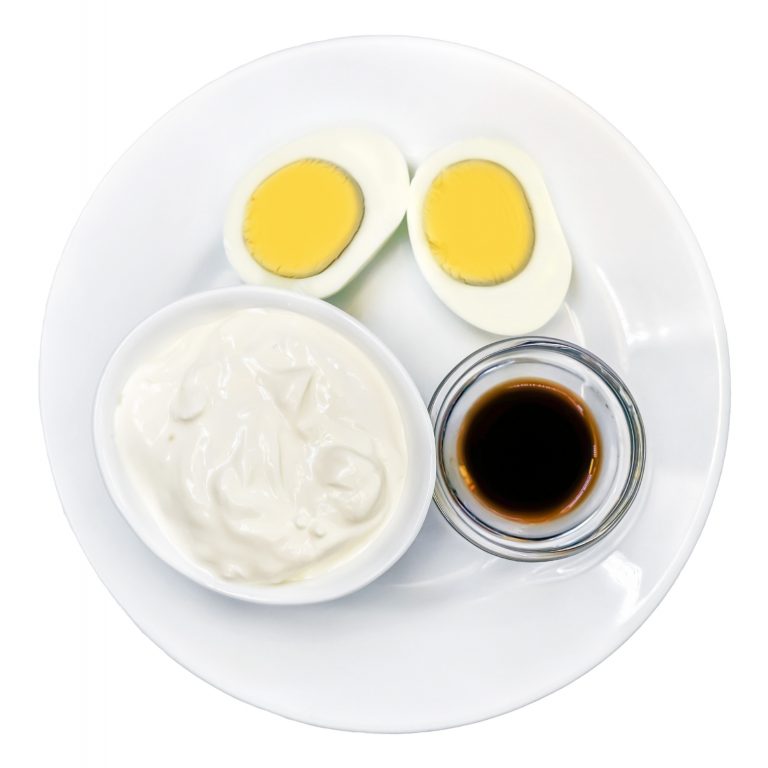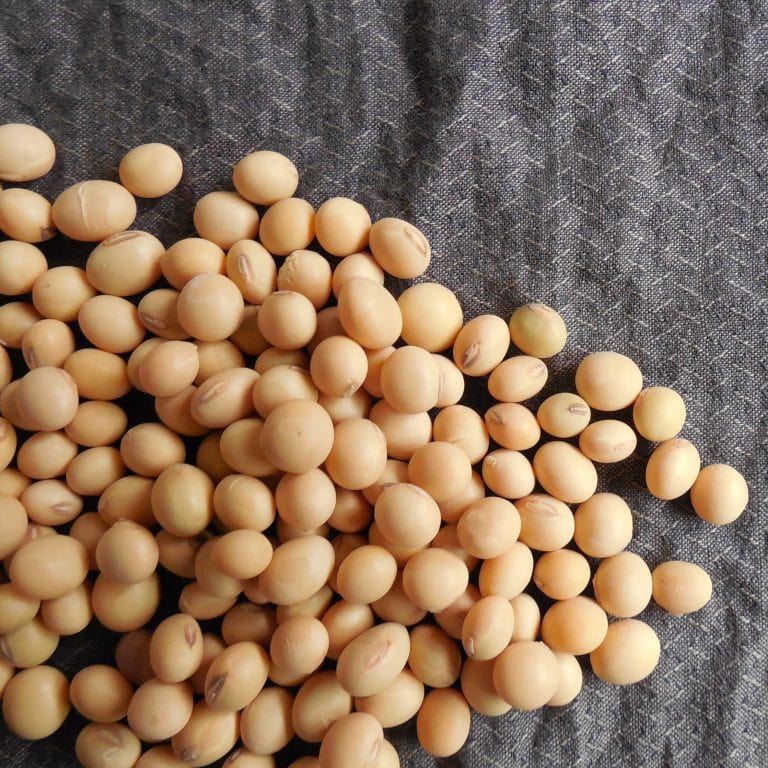The Origin of Soy Sauce
Soy sauce’s origin date back to 2,000 years ago in China. The ingredients include soybeans, wheat, salt, and a fermenting agent.
There are many different types of soy sauces from the different ratios of the ingredients used. This liquid condiment is known to be salty and fragrant.
Different countries all around the world have their own application and dishes that require soy sauce. There are also a few alternatives to soy sauce that can be used to make soy sauce-based dishes.
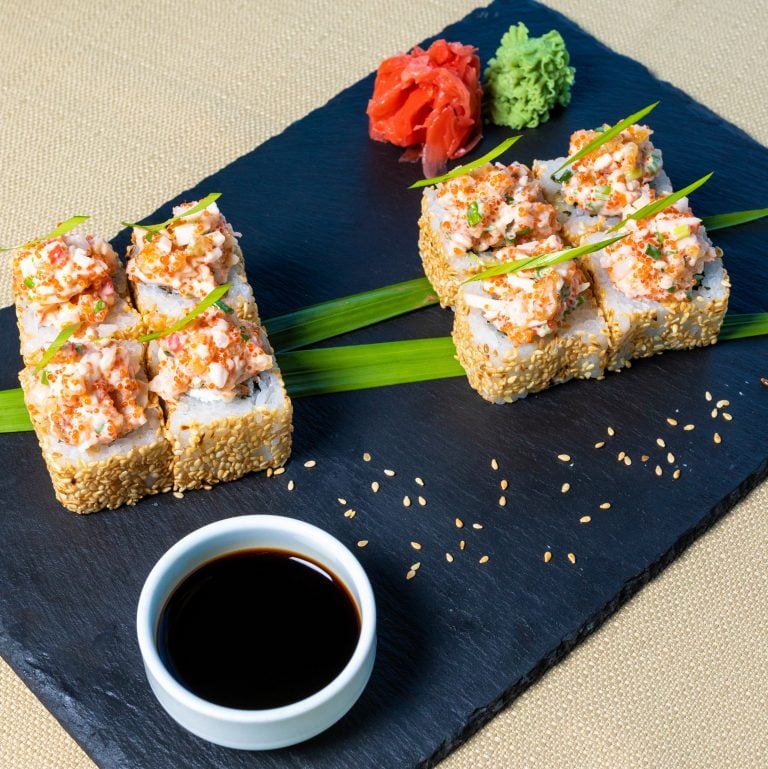
Japanese Tamari - Gluten Free
A staple condiment in Japan similar to soy sauce is Tamari. This sauce is made from pressing fermented miso paste, while soy sauce is made by fermenting in tanks with grains.
Tamari is slightly thicker, darker, and more flavorful than soy sauce.
A great reason to choose this alternative is that it is typically made without wheat unlike soy sauce, so those who enjoy a gluten-free diet can enjoy this sauce.
Miso Paste
Miso paste is made by fermenting soybeans. It is also a part of the soy sauce and Tamari making process.
There are different types of miso that can be purchased: White miso and Red Miso. White miso has a lighter and subtle flavor, while red miso is richer and saltier. You can also find these two types mixed as well. A great reason to choose this alternative is for its high probiotic levels which contains healthy bacteria for the body.
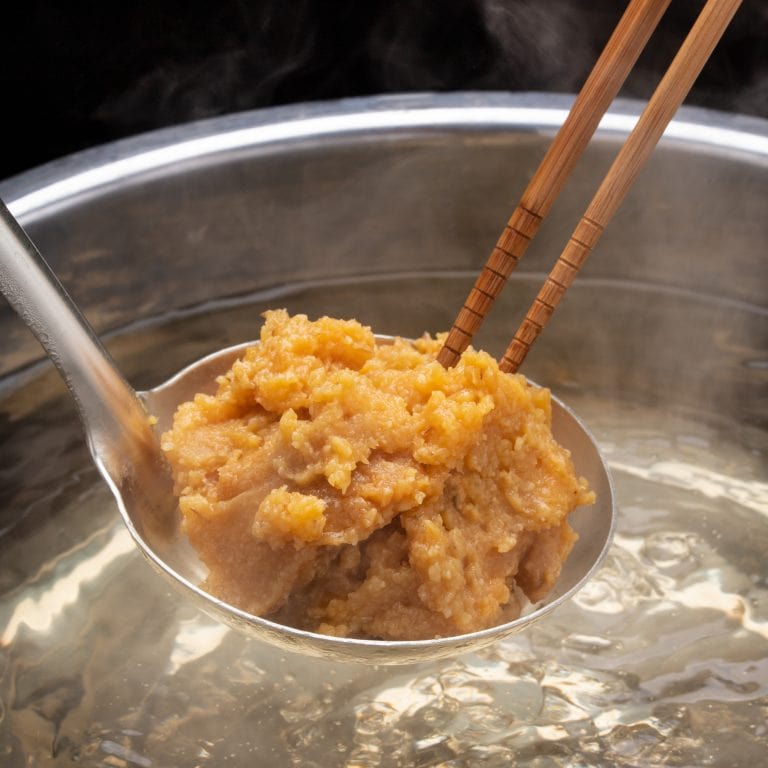
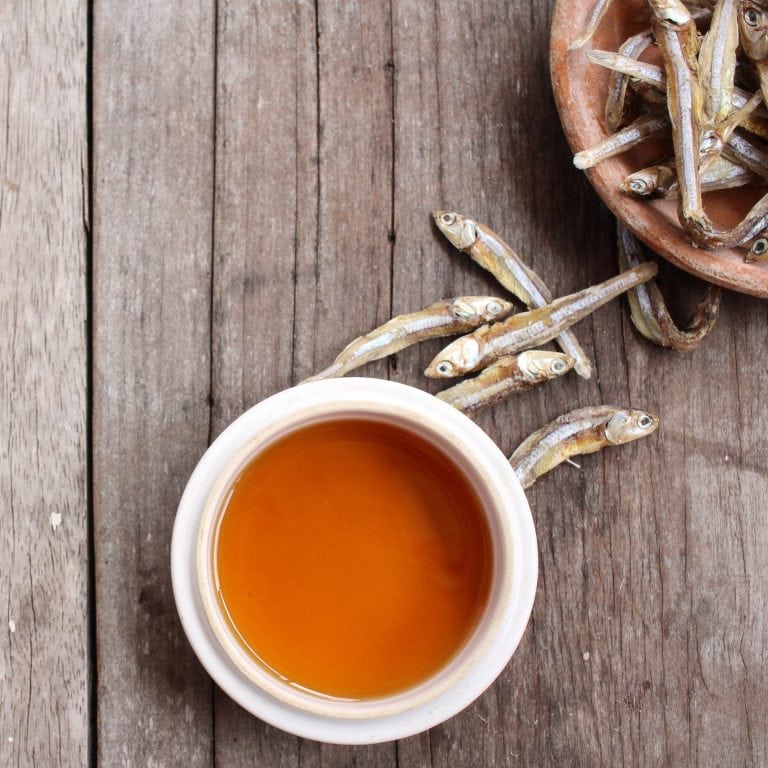
Fish Sauce
A commonly used ingredient in Southeast Asia is fish sauce. It is made by fermentation of small fish, like krill and anchovies, with salt. This is a process similar to the production of Worcestershire sauce.
Many Asian dishes, including Pad Thai, use this ingredient to enhance the rich and savory tastes within the dish. Due to the salty nature of fish sauce, it is a great alternative for soy sauce, or even salt in cooking. There are also gluten-free fish sauce options that should be available at your local Asian grocery store.
Coconut Aminos - Gluten & Soy Free
By fermenting the sap of a coconut plant, you get coconut aminos. This sauce is another alternative option for soy sauce, that is gluten free, just like tamari.
In addition, coconut aminos are also soy-free. This makes this substitute a great choice for those with allergies to soy or wheat.
Coconut aminos are high in amino acids which are necessary for muscle development and strength.
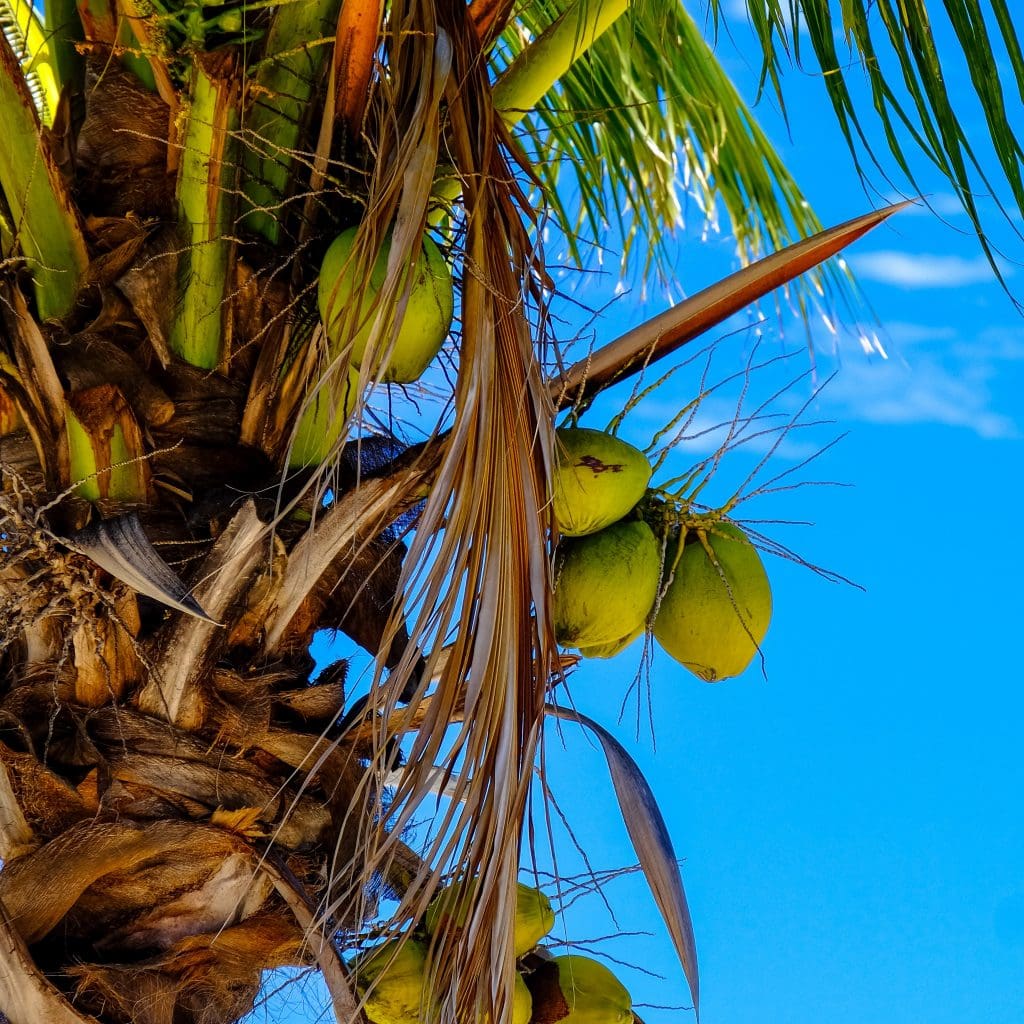
Liquid Aminos - Gluten Free
Another amino-rich sauce is liquid aminos. These are similar to coconut aminos, and also gluten free. However, they are made from soybeans and purified water.
This sauce, when compared to soy sauce, has a milder taste and a tiny amount of sweetness. Amino acids are building blocks for proteins which is why they are a great support for muscle health.
Worcestershire Sauce
Worcestershire sauce is made from fermented anchovies, vinegar, molasses, and a variety of other ingredients. It was created in Worcestershire, England in the 19th century.
Worcestershire sauce is frequently used to enhance food and drink recipes and as a condiment for meat dishes. Another gluten free and soy free option, Worcestershire sauce is great for those looking to enhance rich flavors in dishes.
